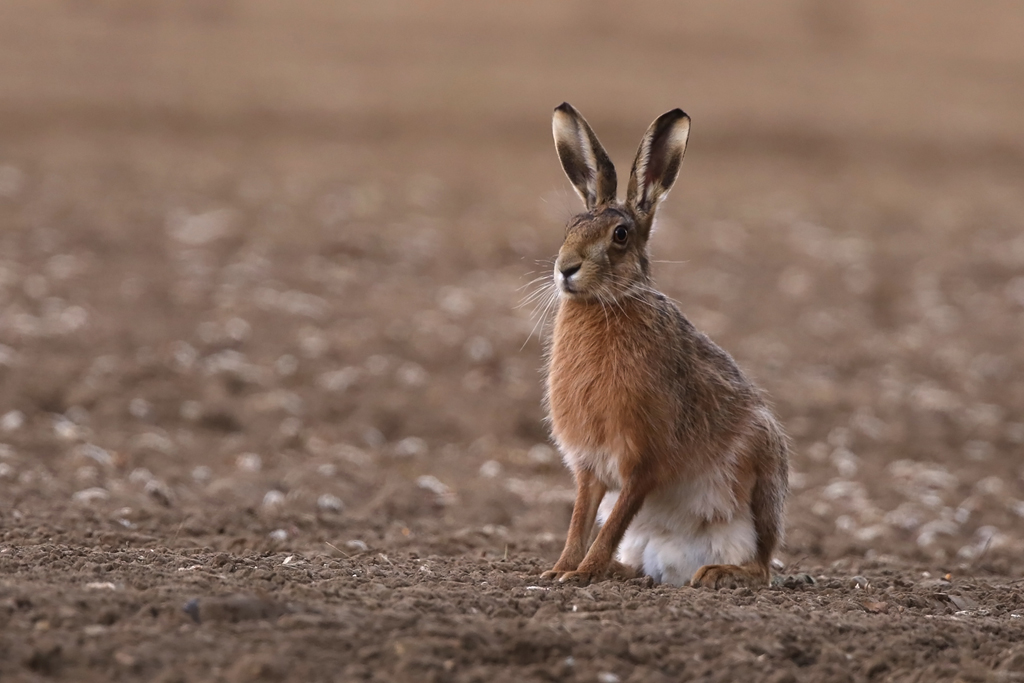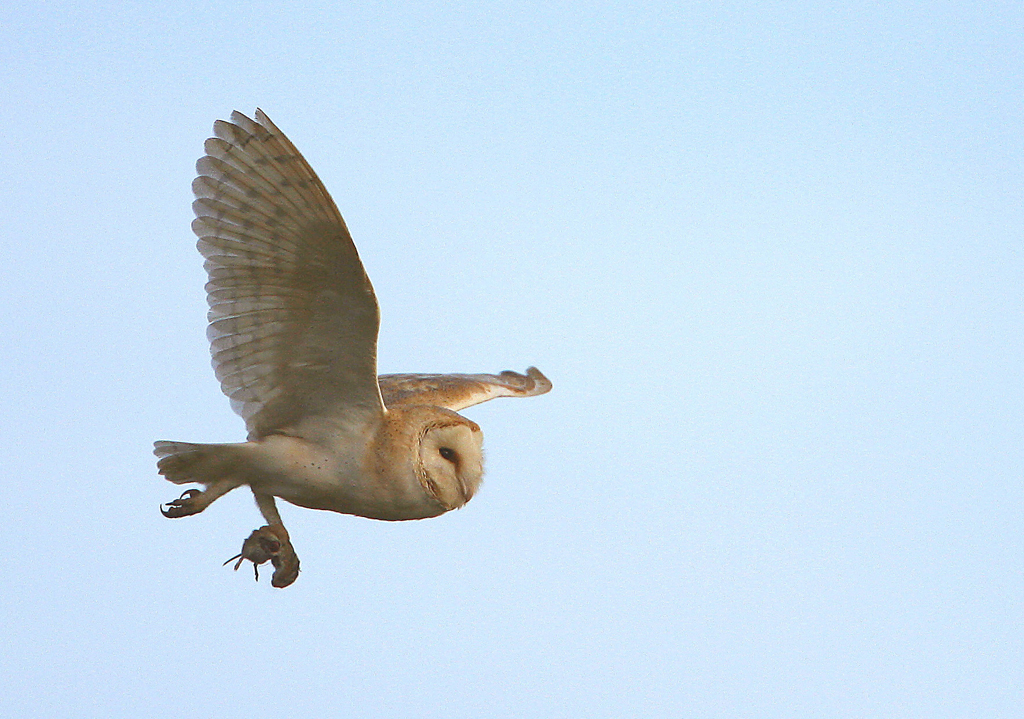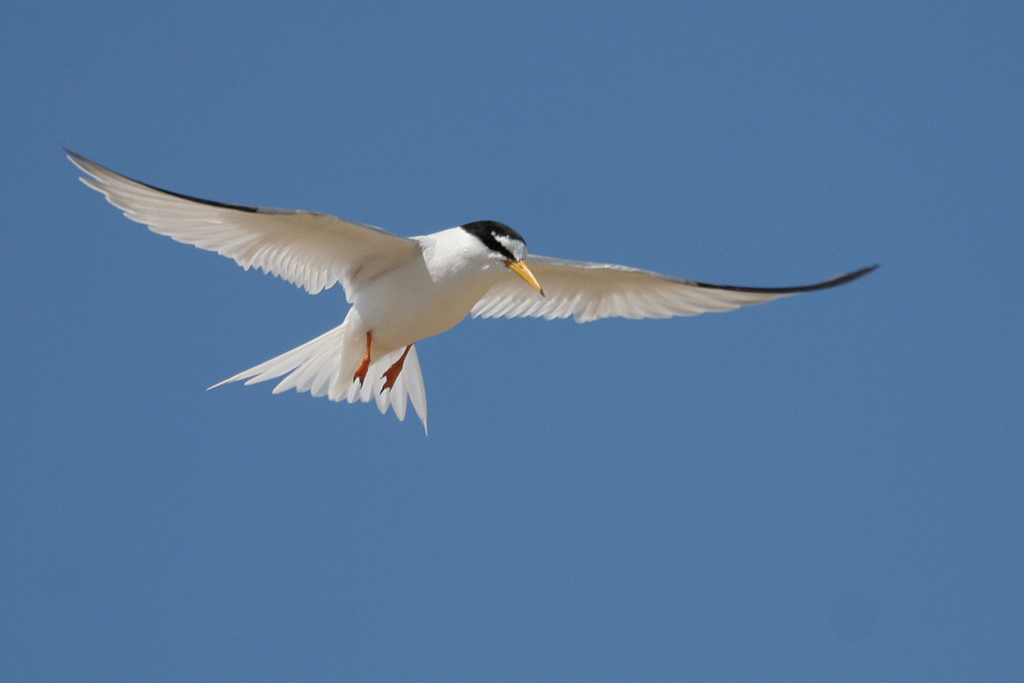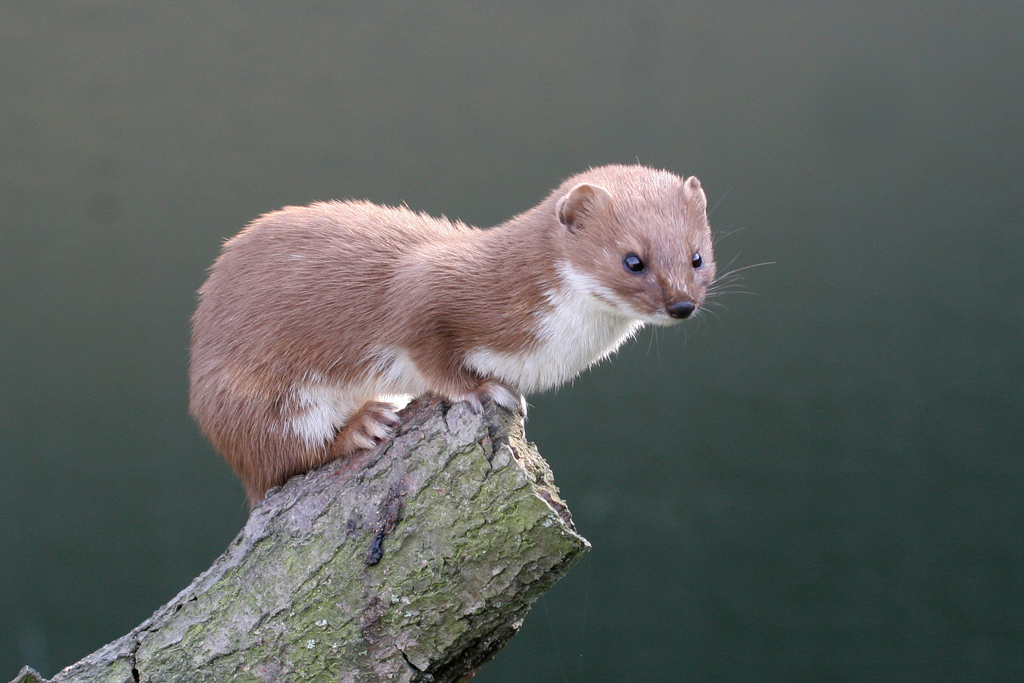I’ve just been watching the first butterfly of spring, a lovely yellow brimstone gliding across a sheltered spot in the garden. These are the floatiest of butterflies, like a large leaf pirouetting in a breeze, and their rich buttery hue seems to accentuate their spring freshness. It’s even been suggested that their colour gave ‘butterflies’ their name. Anyway, the sight made me start wondering about possible connections between spring and the colour yellow. We think of spring as the season of greening, but maybe spring makes some of its most important announcements in yellow. After all, a lot of our early spring flowers are yellow, too. The year starts with aconites, gleaming like little golden lanterns through the winter’s undergrowth. We then pretty soon have a succession of primroses, celandines, daffodils, dandelions, coltsfoot and cowslips – all different shades of yellow. Why would that be? One theory is that their bright yellow colour attracts the early pollinators like bees, so these plants get a head start in the work of fertilisation. Nice idea – simple, striking and plausible. It’s the sort of pop scientific knowledge we all like to parade. But hang on, does the logic work? Aren’t there a lot of early flowers that are not yellow – snowdrops, many crocuses, scilla, wood anemone, and so on? And equally, there are lots of yellow flowers that come later – sunflowers, chrysanthemum, corn marigold, tansy, ragwort, mullein and a whole tribe of humble vetches, trefoils, stonecrops and saxifrages. Moreover, gorse displays at least some of its sweet-smelling yellow flowers all the year round – hence the wise saying that when the gorse flowers kissing is in fashion. And anyway, don’t most insects have quite different perceptions of colour from ours, relying much more on the ultra-violet band in the wavelength, so they wouldn’t necessarily see the yellows we see?
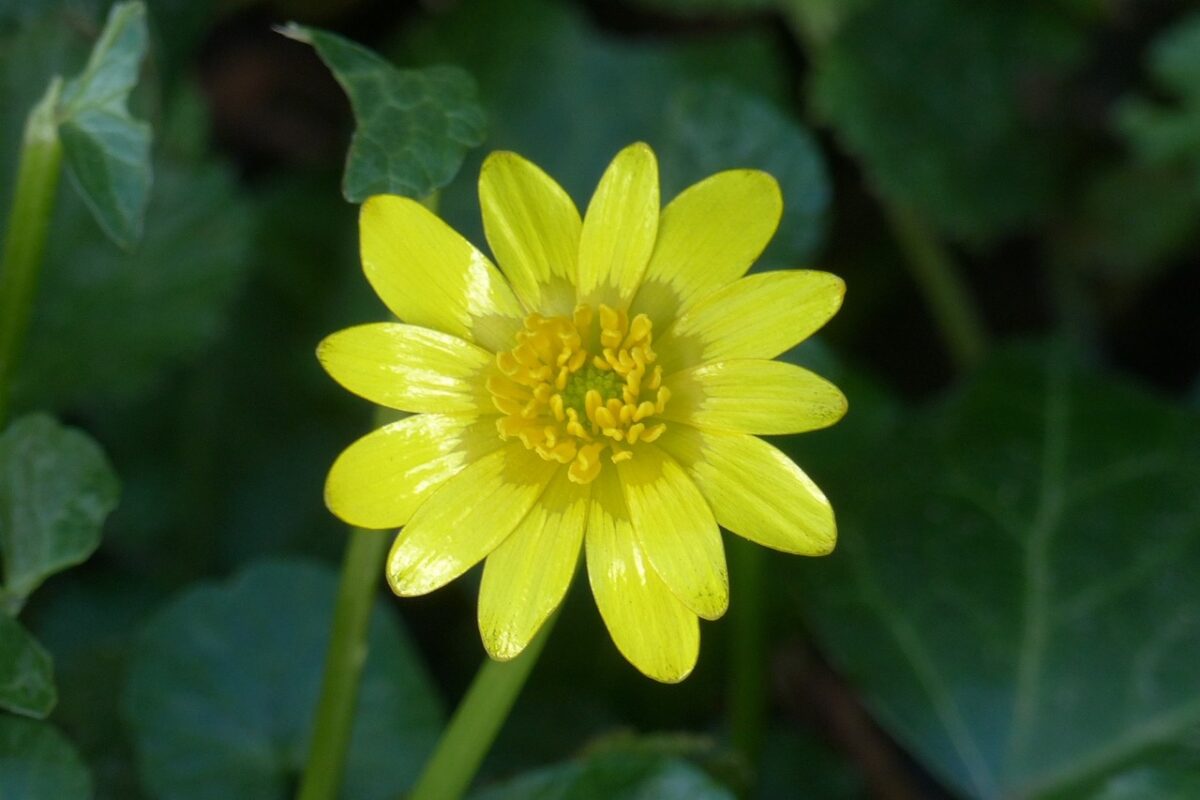
Aconite, photo: Jenny Desoutter
Collapse of hypothesis? Not entirely, but it demonstrates that these things are quite complicated. Another thought might be that several of these early yellow flowers like the celandine and buttercup are also very shiny, so maybe they are more reflective of such sunlight as there is early in the year and therefore more attractive to insects for that reason? By contrast, some of the later flowering plants like ragwort have a much duller, matt finish.
Could there be an unlikely clue to the puzzle from taxi-cab design? It’s said that when John Hertz founded his Yellow Cab Company in Chicago in 1907 he chose that colour because it made his taxis easier to spot at a distance and his customers found it attractive. And now yellow cabs are everywhere in the world. Nature knows best.
Jeremy Mynott
March 2025




